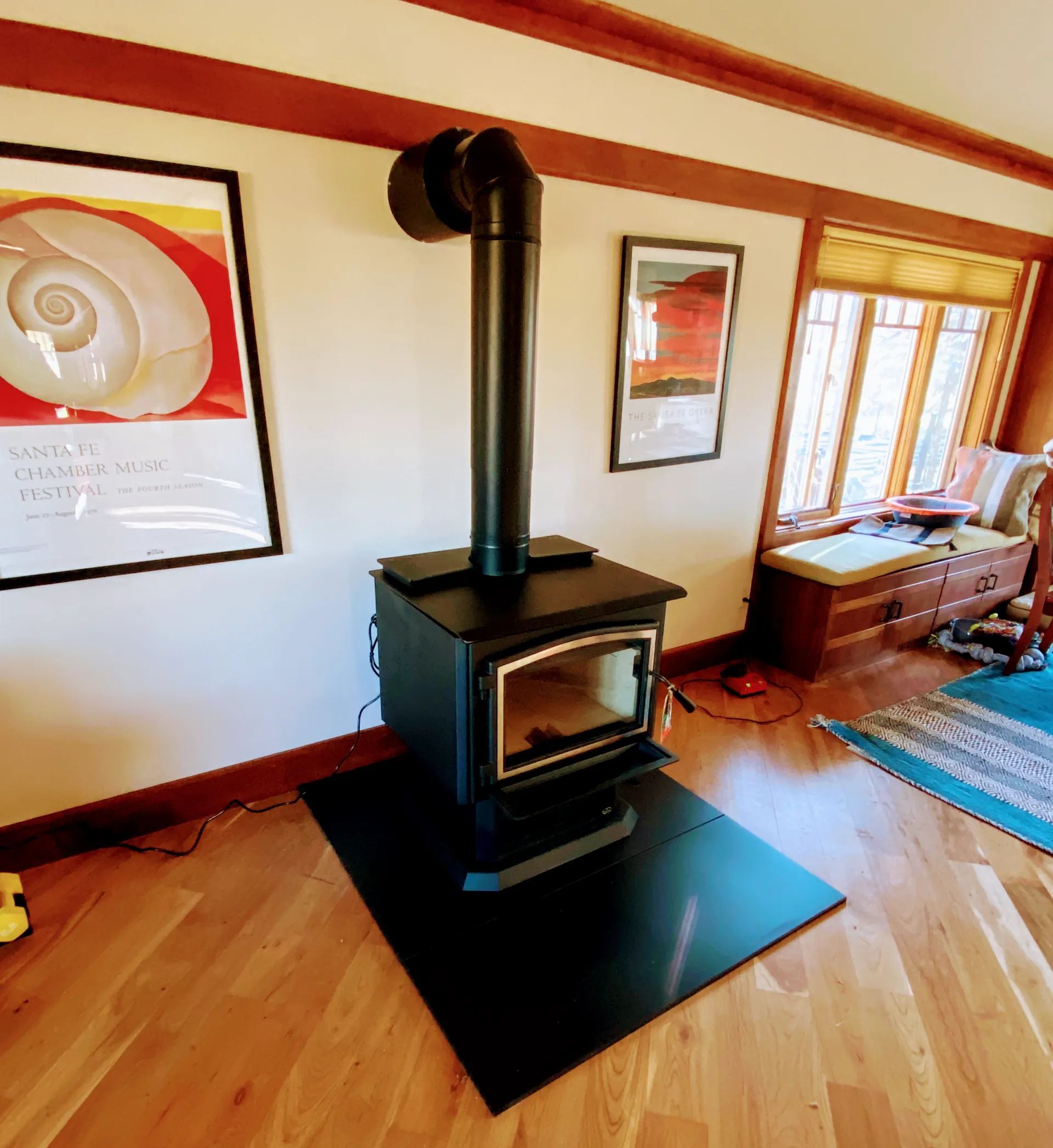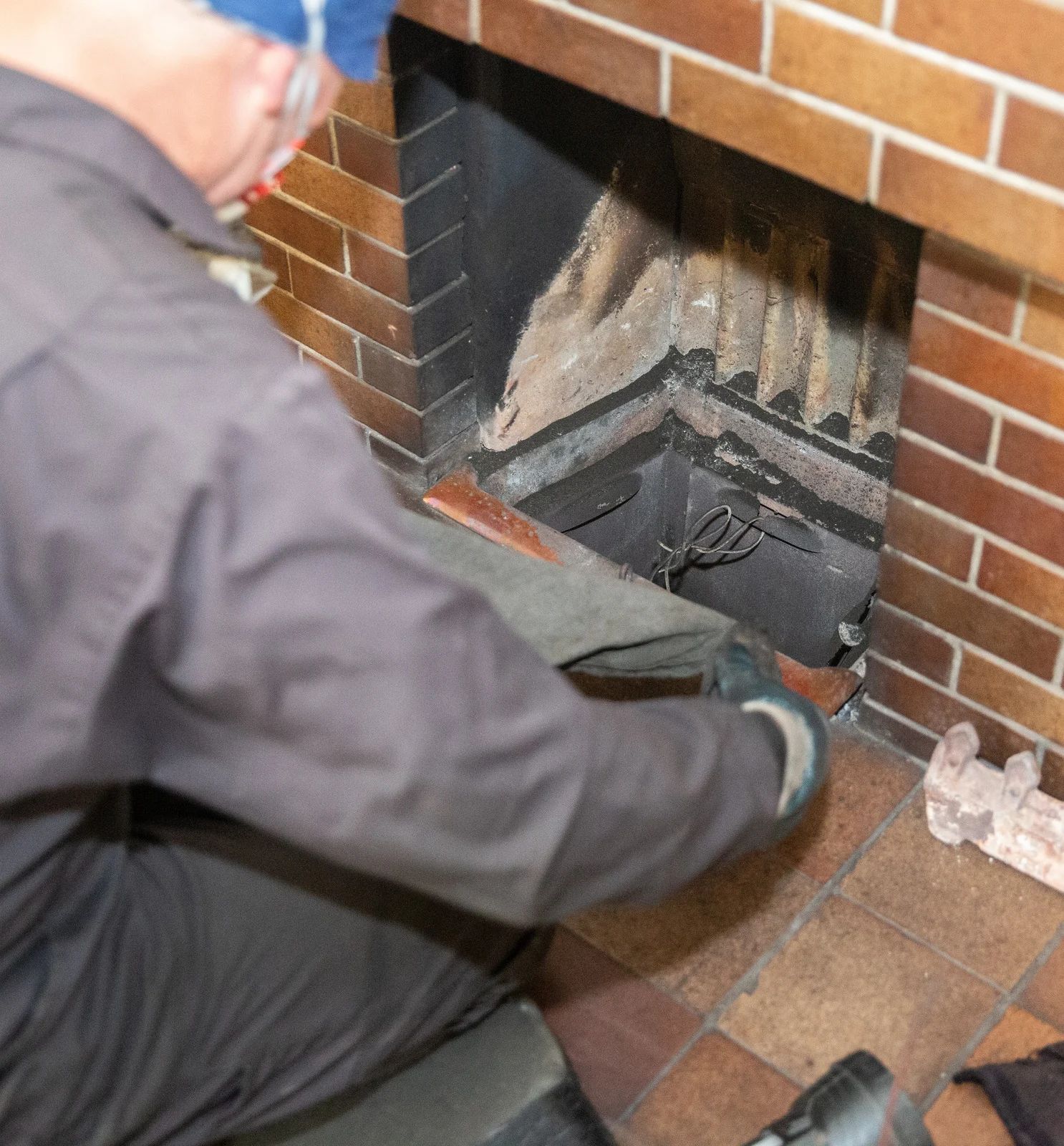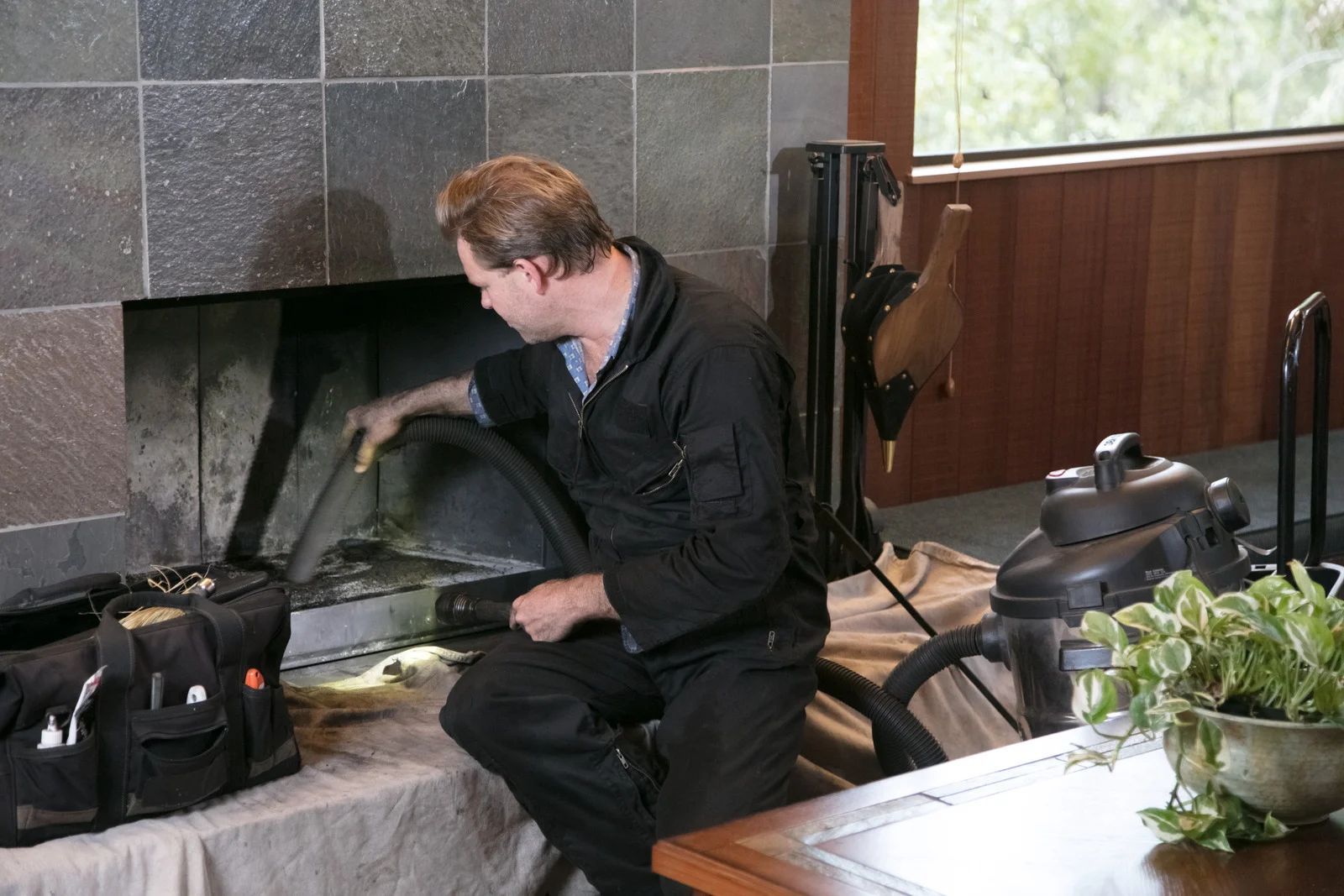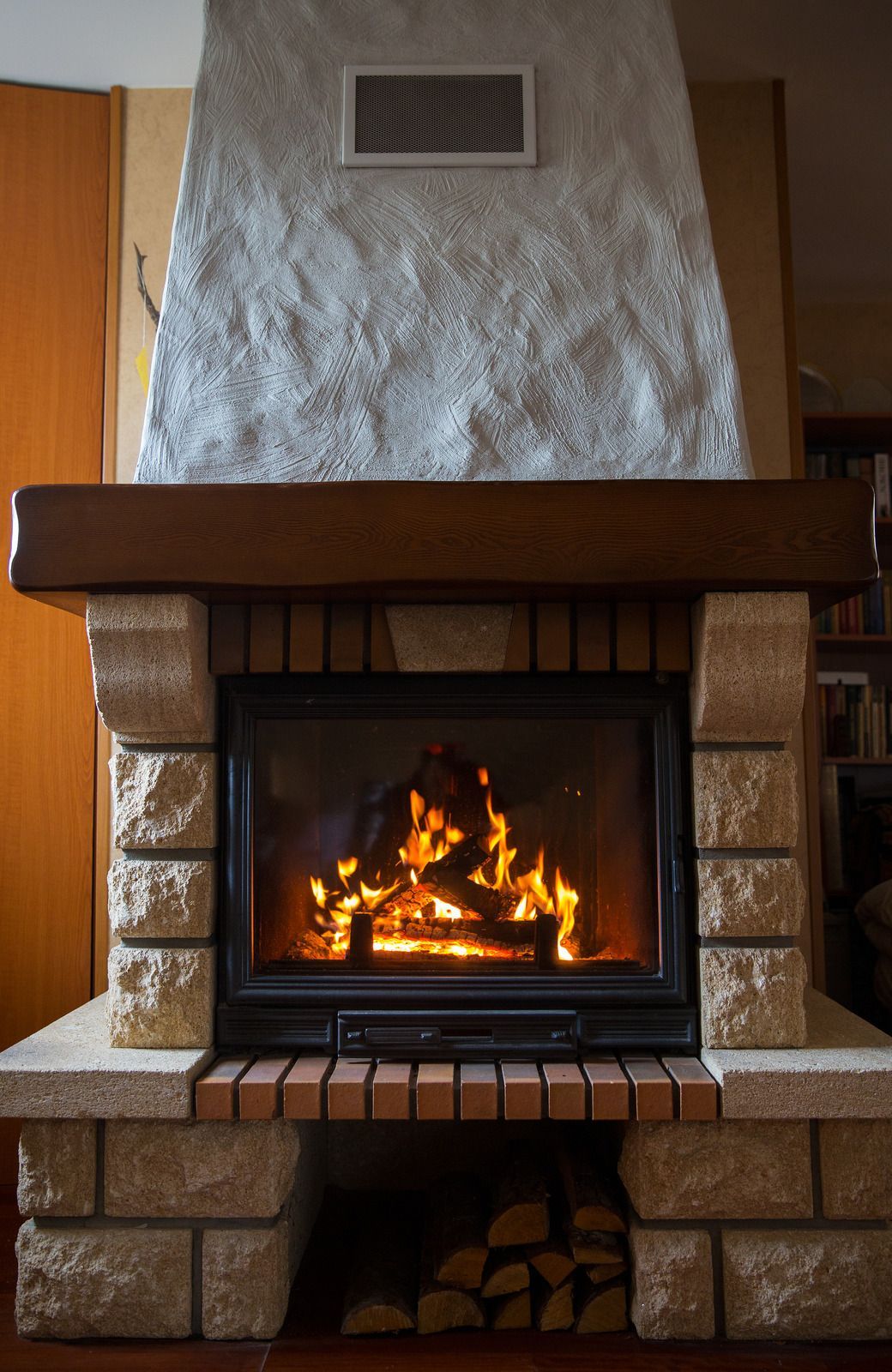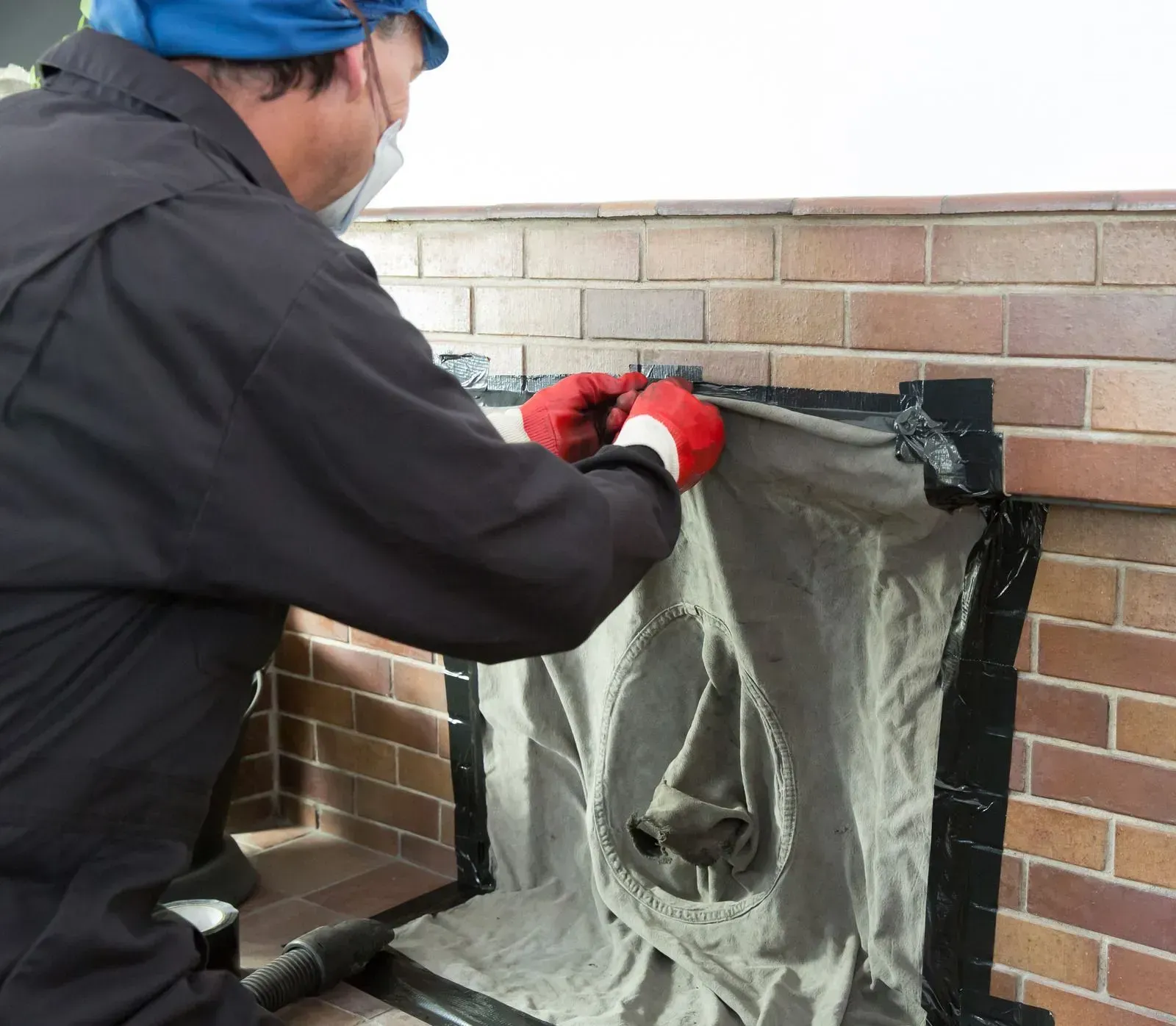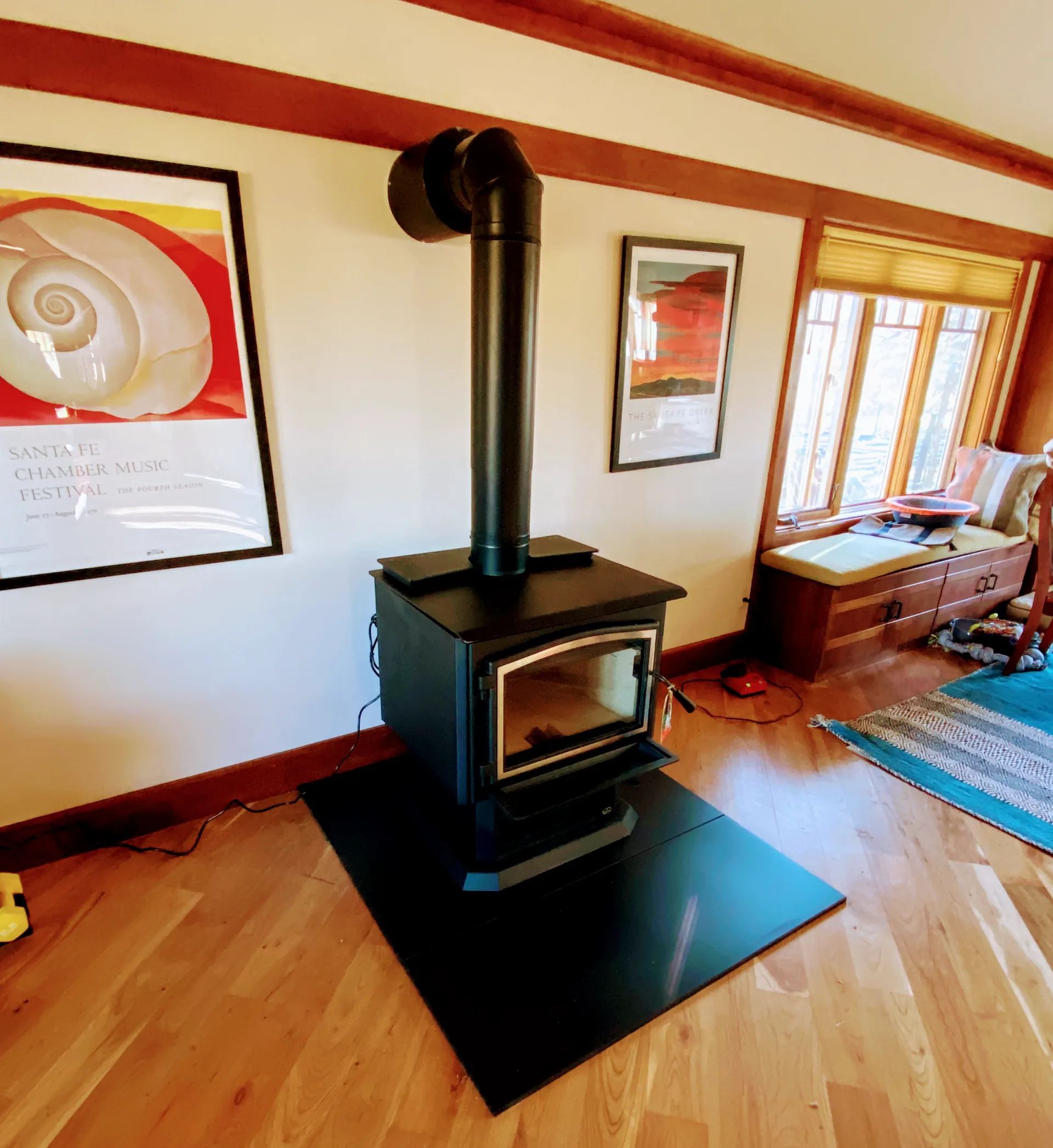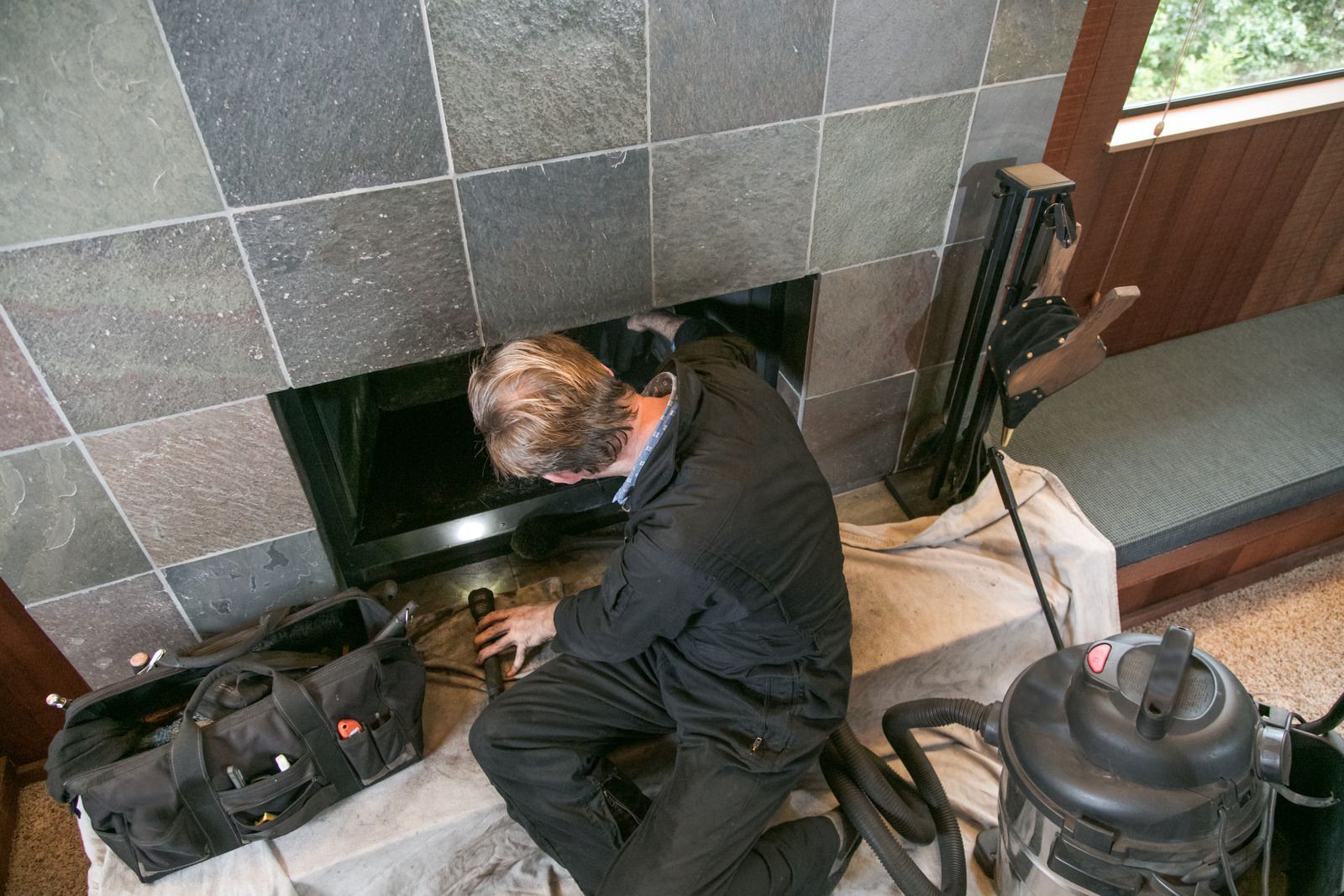The Homeowner’s Guide to Fireplace & Stove Maintenance
Fireplaces and stoves bring warmth and charm to any home, but they require regular maintenance to operate safely and efficiently. Whether you use a wood-burning fireplace, gas stove, or pellet stove, a consistent upkeep routine prevents hazards and extends the life of your heating system. This guide provides a concise checklist for cleaning, maintenance, and safe operation to keep your home cozy and secure all winter long.
Regular Upkeep Checklist
- Inspect the Chimney: Check for cracks, blockages, or creosote buildup in wood-burning systems. Schedule a professional chimney inspection annually to ensure structural integrity.
- Examine the Firebox: Look for damaged bricks, cracked mortar, or rusted components. Repair or replace damaged parts to maintain efficiency.
- Check Gaskets and Seals: For stoves, inspect door gaskets for wear. Replace frayed or loose seals to prevent air leaks and maintain proper combustion.
- Test Safety Features: Ensure carbon monoxide detectors and smoke alarms are functional. Replace batteries biannually and test monthly.
- Verify Ventilation:
Confirm that vents and flues are clear of debris, nests, or soot. Proper airflow is critical for safe operation.
Cleaning Checklist
- Remove Ash and Debris: For wood-burning systems, clear ash from the firebox after every few uses. Dispose of ash in a metal container, as embers can remain hot for days.
- Clean Glass Doors: Use a damp cloth and fireplace-specific cleaner to remove soot from glass doors. Avoid abrasive materials to prevent scratches.
- Wipe Down Exterior: Dust and clean the exterior of stoves or fireplace surrounds to prevent buildup that can affect appearance and function.
- Clean Pellet Stove Hoppers: For pellet stoves, empty and clean the hopper regularly to prevent clogs and ensure consistent fuel feed.
- Schedule Professional Cleaning:
Hire a certified chimney sweep annually to remove creosote and soot from the chimney and flue.
Safe Operation Checklist
- Use Proper Fuel: Burn only seasoned hardwood in wood fireplaces or stoves, and use manufacturer-recommended pellets or gas for stoves. Avoid treated wood or trash, which can release toxic fumes.
- Maintain Safe Clearances: Keep furniture, curtains, and flammable materials at least three feet from the fireplace or stove.
- Monitor Burn Times: Avoid overloading wood stoves or running them overnight unattended. Follow the manufacturer's guidelines for burn duration.
- Use a Fire Screen: For open fireplaces, always use a spark screen to prevent embers from escaping.
- Shut Down Properly: Allow fires to burn out naturally and close dampers when not in use to prevent heat loss and drafts.
Keep Your Fireplace & Stove in Top Shape
By following this checklist, homeowners can enjoy a warm, safe, and efficient heating system. Regular maintenance not only enhances performance but also prevents costly repairs and safety risks. For expert care, trust Shawn's Chimney Sweep & Stove Company in Santa Fe, New Mexico. With 40 years of experience, our team delivers top-notch cleaning and repair services. Contact us today to schedule your annual inspection and keep your home cozy all season long!


